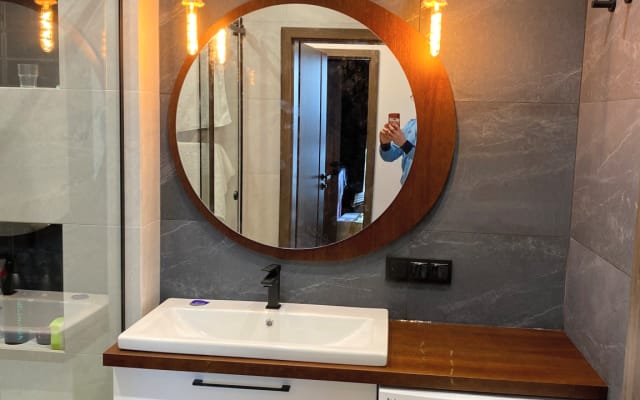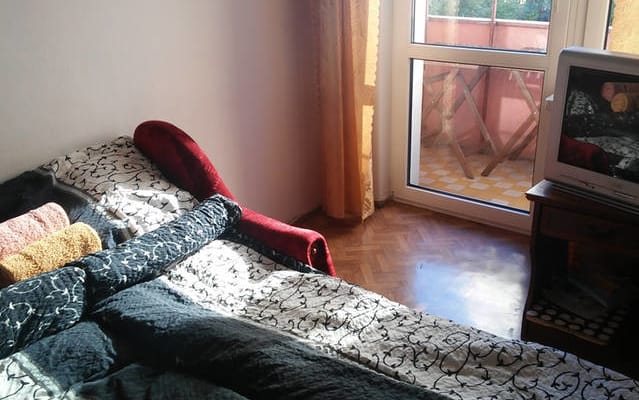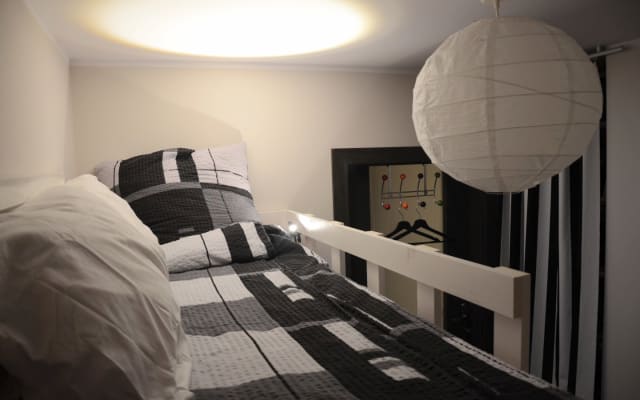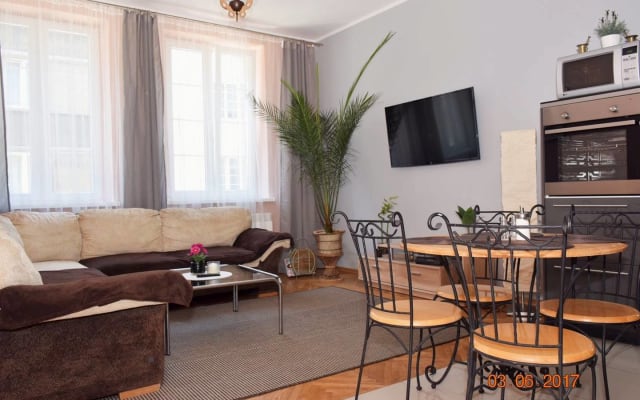With anti-LGBT rhetoric permeating the political and social spectrum of Poland, you could easily be led into asking yourself, is Poland gay-friendly? Indeed Poland is far-less open than other countries in Europe, with gay marriage and gay adoption still being illegal and general LGBTQ tolerance in question. According to figures released by IGLA-Europe, Poland ranked 39 out of 49 in terms European countries’ LGBTQ human rights, giving it an overall percentage of 18%.
Despite being a member of the European Union since 2004, Poland remains far behind many of its other European counterparts, with insufficient legal protections for LGBTQ people generally, with the exception of employment. Despite homosexuality being legal in Poland since 1932, the country’s gay rights history is a bleak one, with the current political system only further reinforcing this.
Poland is very much a religious country, with 86 percent of the population identifying as Roman Catholic. Their reasonably traditional outlook in terms of social issues also means general openness and acceptance towards the LGBTQ community is not as prevalent as in other countries of Europe such as Spain or The Netherlands.
That said, homosexuality and same-sex cohabitation are legal, and trans people have the right to change their legal gender, following a series of requirements. A growing awareness and acceptance of the LGBTQ community through events such as Pride is also creating positive shifts in the country’s social fabric, and this can be particularly felt amongst the country’s younger generation.
So is Warsaw gay-friendly? As the country’s capital, gay and lesbian travelers will find Warsaw to the most gay-friendly city in Poland. According to travel advice from the British Embassy, gay and lesbian travelers can enjoy an active gay scene, with several gay bars and clubs scattered through Warsaw’s downtown. As can be expected, urban areas of Poland are more LGBTQ-friendly than rural regions of the country, with Warsaw and Krakow being the most gay-friendly cities in Poland. Nevertheless, LGBTQ travelers are advised to take caution, particularly in terms of public displays of affection.
If you are wanting to know how gay-friendly Warsaw is, a useful measure can be in the attendance rate of the city’s annual Pride Parade. Warsaw Pride first officially began in 2001, and following a ban in 2004 and 2005, there was an astonishing attendance of 20,000 attendees in 2006. Since then, numbers have continued to rise, representing a promising shift in the nation’s outlook towards LGBTQ rights and the community in general. ILGA-Europe believes that ways to improve the legal and policy situation in Poland could come largely through an amendment of the Antidescrimination Act, which would ensure protection from LGBTQ discrimination in the employment, education, health, and service sectors.
That said, the county’s rich history, diverse landscapes, and mismash architecture of communist buildings and historic structures make Poland a unique travel destination in Europe. In addition to this, there are plenty of misterb&b listings in Warsaw and the rest of Poland, which makes it all the more vital to connect and support the local community.
/location_photos/data/13875/original/pologne-1600x600-min-1568905650.jpg)





























/location_photos/data/6941/original/varsovie.jpg)
/location_photos/data/12232/original/lindo-1493830040.png)
/location_photos/data/14181/original/lodidodi-min-1686320946.jpg)













/location_photos/data/12477/original/20729548-1878691985715353-7726495545961312616-n-1505905247.jpg)